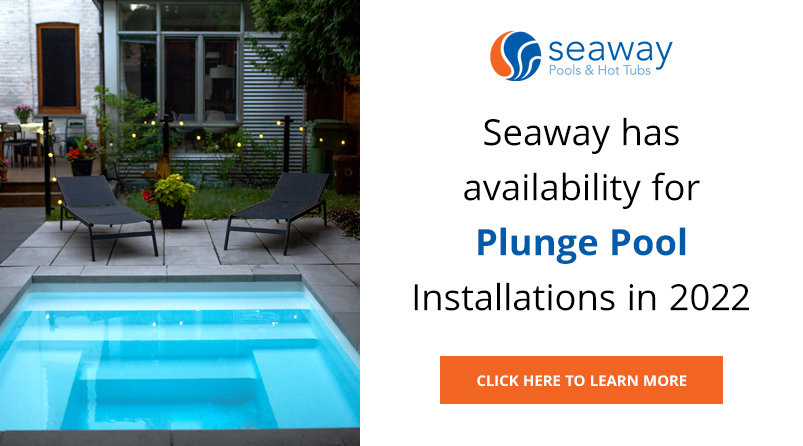May
2021
14
The Basics of Alkalinity for Your Swimming Pool
When it comes to swimming pool or hot tub maintenance, there’s a lot to learn especially for new pool owners: what chemicals to buy, how to use them, when to use them or even how often. It all comes down to a science. As you shop for pool supplies in Toronto it's important to have an understanding of your pool's water chemistry.
Despite being a little overwhelming, balancing swimming pool water is essential to its longevity and safety. While many pool companies offer maintenance services, it's helpful to understand the needs of your pool so you can shop for pool supplies or still conduct maintenance yourself if necessary. Here is a list of the basics of swimming pool alkalinity to help you care for your pool.
What is Alkalinity
An alkaline substance can also be called a base, it is essentially the opposite of an acid, and it is measured on a pH scale. It's helpful to note when measuring alkalinity or acidity on the pH scale that each interval increases to the power of 10. This means as you move along the pH scale, the solution is becoming exponentially more alkaline or acidic. A pool's alkalinity is typically measured and represented on water testing tools as its “total alkalinity” or “TA”. In general, the recommended total alkalinity of a swimming pool should be anywhere between 80-120 ppm (parts per million).
Why Does Alkalinity Matter?
Measuring the total alkalinity of a pool tells us how acid or basic the water is indicating whether it's safe for swimming or needs to be adjusted. A base or an alkaline chemical is added to your pool to neutralize the water's acidity and keep the chemicals balanced. Most often, alkaline ionic compounds are used to resist changes to pH levels that would otherwise increase acidity.
What causes Alkalinity to Fluctuate?
Too much rain, excess chlorine, or organic matter like sweat and urine can increase acidity in your pool. On the other hand, cosmetics like body oils, sunscreen, and alcohol or overuse of bases like pool shock can raise the overall water alkalinity. The best way to get a handle of pH fluctuations is to regularly test the water and adjust accordingly -- don’t wait until you’re ready to use your pool.
Water Testing
Pool supplies like water test strips or smart digital water testing devices can help pool owners to keep in sync with their water needs. Pool companies and maintenance services can also be set up to smart water testing devices to be notified of changes in your water chemistry so you never miss a beat. At Seaway Pools online store, you can find the supplies you need to test your water and maintain its balance and have it shipped directly to you.
What Happens When…
Total Alkalinity is Too High:
- High alkalinity is over 120ppm
- Cloud water
- Organic build up and dirt on the water surface
- Recurring high pH levels
Total Alkalinity is Too Low:
- Low alkalinity is below 80ppm
- Green water
- Skin and Eye Irritation
- Corrosion to pool surfaces
Pool water that veers too high or too low on the pH scale is not safe for use, and the water should be rebalanced and tested before continuing use.
It may seem like a lot to consider but with a few basic pool supplies your swimming pool will be safe for family fun all summer long.
If you are looking for chemicals to maintain the water chemistry of your swimming pool, need water testing strips, or any other swimming pool supplies in Toronto, check out Seaway Pool's online store or contact us today!

